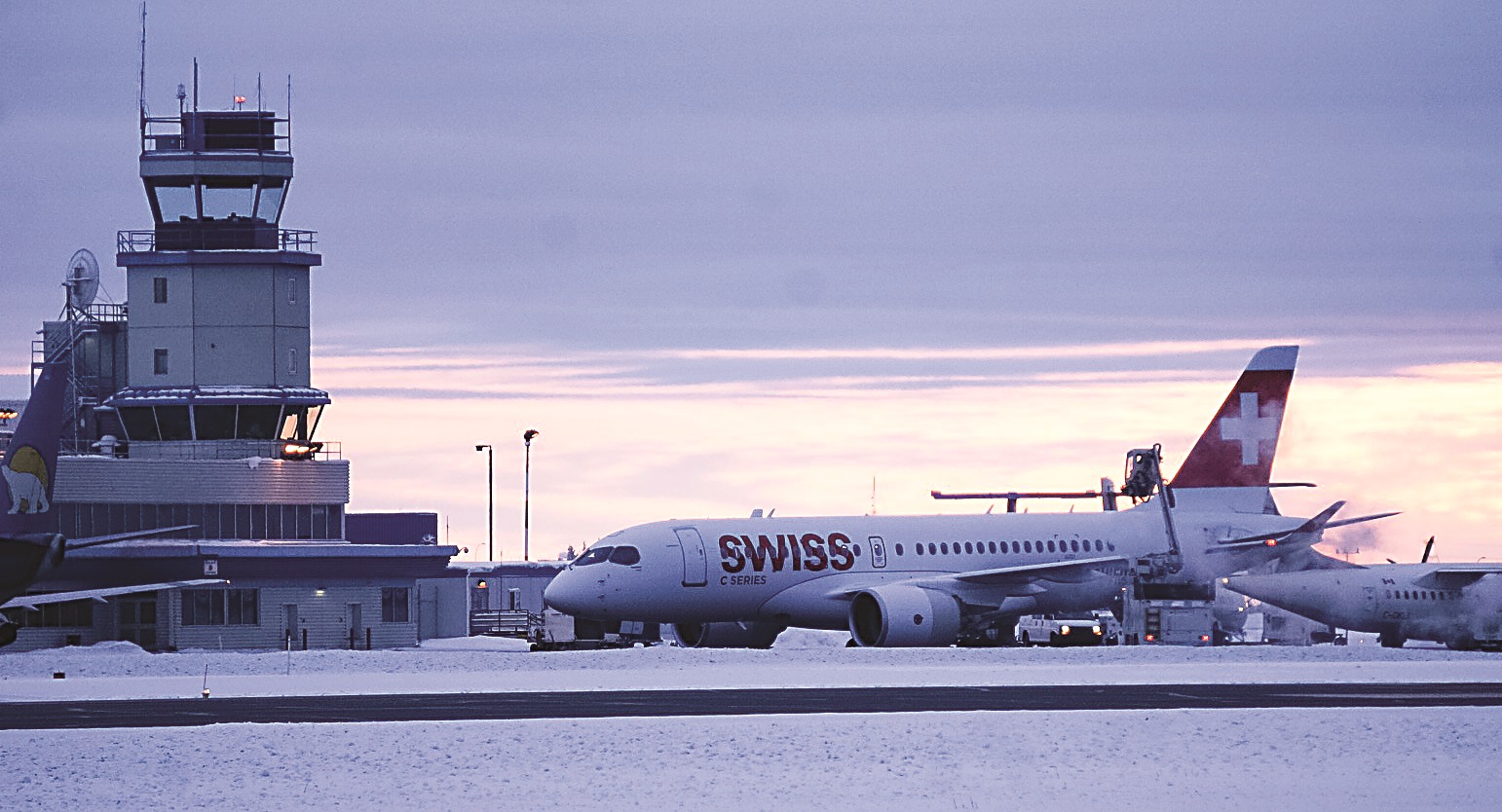Estimated reading time 5 minutes, 27 seconds.
Air travel is regularly relied upon by communities and industries in the Canadian North. For example, Yellowknife Airport (CYZF) moved approximately 645,000 passengers in 2018 (a nine per cent increase over 2017), in a city of roughly 20,000 residents.
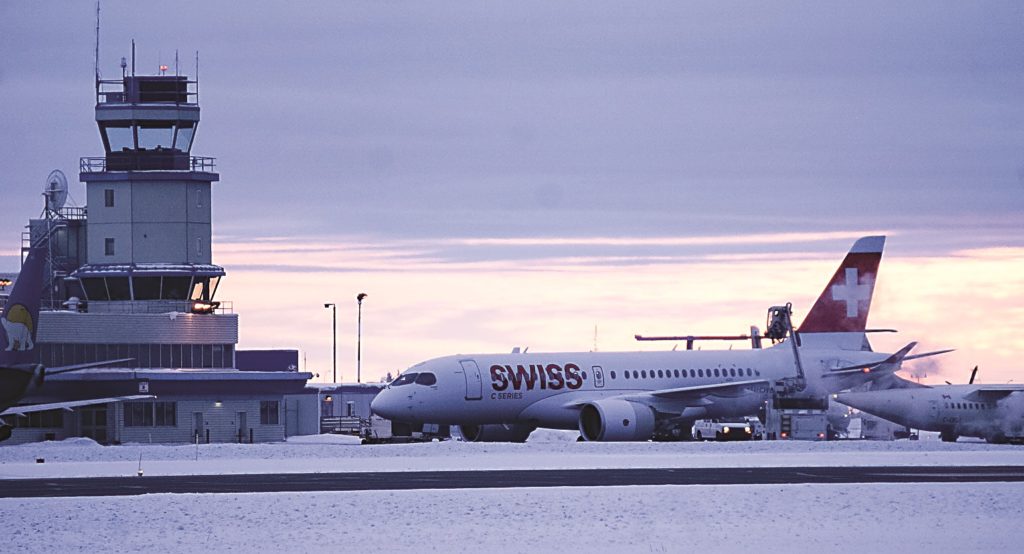
Yellowknife Airport plays a major contributing role to the surrounding economy, acting as a hub for communities and for exploration and mining operations throughout the North.
And with the extreme cold that comes with living in Yellowknife during the winter months, the airport is a great location for cold weather testing for fixed- and rotary-wing aircraft alike. Straker said the airport has been working with the city and the Government of the Northwest Territories, along with other groups, to establish itself as a cold weather testing location of choice. “[Cold weather testing] is a fairly significant economic advantage for the city as well as the territory,” he added. “We’re really making a push to be the premier [location]–at least in Canada.”
Original equipment manufacturer (OEM) Bell brought a 525 Relentless helicopter to CYZF in early January, followed by a second 525 in mid- to late-January, for cold weather tests that lasted just over two months. “Bell booked 40 some rooms for around 70 days. And then you had car rentals, meals . . . space, fuel, and everything else,” said Straker.
“This year for Bell was fantastic; we had a lot of cold weather [and] a lot of clear weather, so it was a very successful season.”
In the last five years, CYZF has hosted aircraft for cold weather tests from other major OEMs like Airbus Helicopters, which brought its H160 helicopter to the airport, and Bombardier, which brought the C Series aircraft (now the Airbus A220), said Straker.
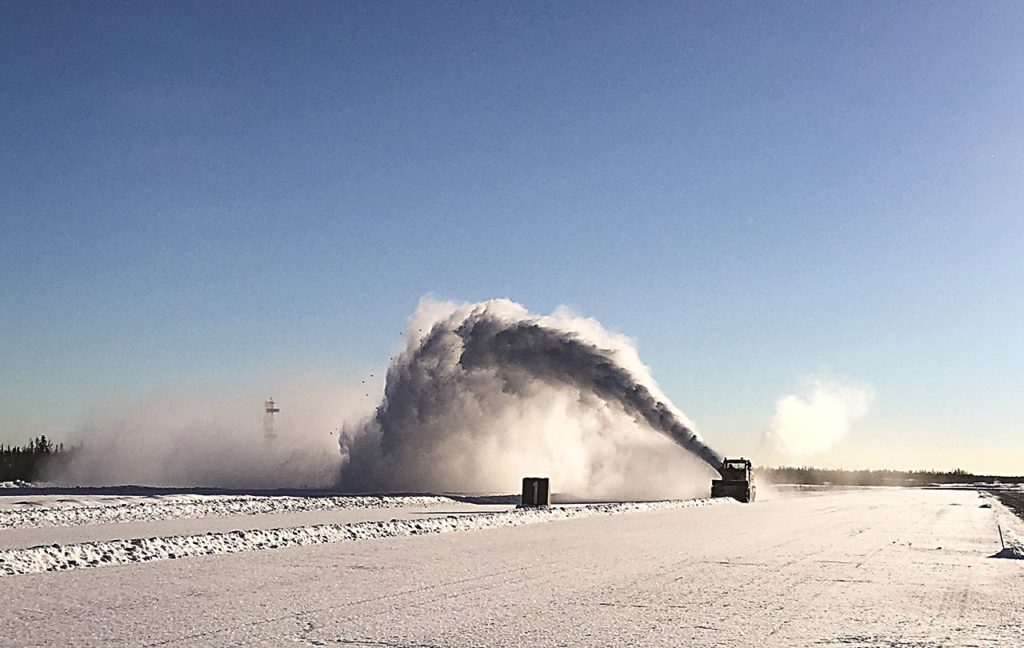
Operating in severe weather for eight months of the year calls for unique preparation at CYZF. The Yellowknife winter can bring extreme cold temperatures as low as -30 C, along with snow, of course. This means having the proper snow clearing equipment, de-icing equipment and infrastructure, and employee training.
In addition to severe weather, the airport faces another unique challenge during the winter due to its geographic location–longer periods of darkness. There are only about five hours of daylight in Yellowknife during the months of December, January and February, typically from 10 a.m. to 3 p.m.
Straker said this factor also makes additional training necessary “because it’s dark for pretty much most of our work day. It comes down to awareness and training for our [employees], and how to operate and prepare for any kind of circumstance in our type of environment and conditions.”
Evolving infrastructure
Logging nearly 56,000 aircraft movements in 2018, Yellowknife Airport welcomes major airlines such as WestJet and Air Canada on a daily basis, as well as regional carriers Canadian North and First Air that compete head-to-head in the northern markets.
With a runway length of 7,500 feet, direct international flights are not currently able to land at CYZF. “We have been working closely with Calgary [and] Edmonton airports in trying to develop one-stop connections to international markets–Hong Kong and China being our growth markets right now,” said Straker.
Extending CYZF’s runway to 10,000 feet to accommodate direct international flights has been an ongoing discussion point, but Straker said the airport has to complete other important infrastructure projects first.
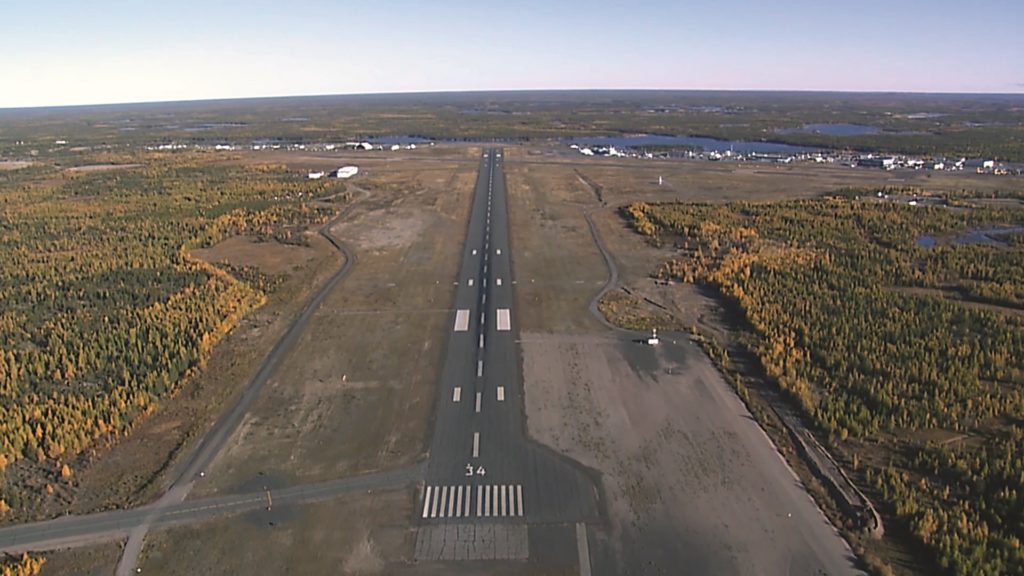
CYZF is also in phase two of a $2 million project with the Canadian Air Transport Security Authority (CATSA) to upgrade the airport’s baggage handling system–a project that should be completed by November. The airport has earmarked a few additional projects, pending approval of its application to the federal government’s Disaster Mitigation and Adaptation Fund, including development of a new de-ice pad and significant repairs to the primary runway.
As Yellowknife Airport continues to grow, the next project for CYZF to consider is a new terminal. The challenge, Straker said, is “we’ve kind of run out of real estate as far as apron space goes at our current location.” There have been discussions about potentially moving across to the west side of the airport, he added, but a decision has not yet been finalized.
“We have a lot of opportunities going forward to make some changes,” Straker concluded. “And we continue to look at who we can entice to come into Yellowknife and the North, whether that’s businesses, new routes, or new carriers. That’s one of our major mandates.”
